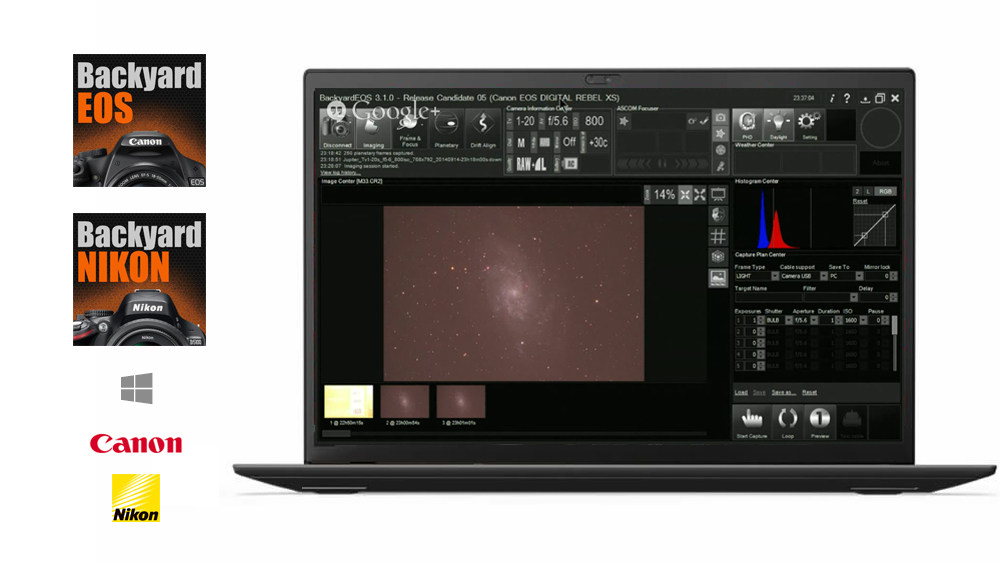

- DISPLAY LINK D3100 DRIVER FOR MAC MANUAL
- DISPLAY LINK D3100 DRIVER FOR MAC FULL
- DISPLAY LINK D3100 DRIVER FOR MAC MAC
But the DisplayLink Installation Cleaner 9.
DISPLAY LINK D3100 DRIVER FOR MAC MAC
There are plenty more options to play with, including setting firing groups and ratios, which will be covered in a future tutorial.Download Now MAC DISPLAYLINK NOT LOADED DRIVERįollowing the last version causes this time in an issue. That's a basic introduction to using wireless flash with Nikon dSLRs. Step five: To add another flash to the system, simply set it to remote on the same channel in the same way we did in step three. Take photos and experiment with the configuration. Step four: Position the flash wherever you like, as long as the sensor at the front of the flash unit is within line of sight of the camera. Again, make sure it is set to the same channel as your dSLR, which in this example is channel 1. Select Remote from the list and press the Select button again to confirm. Scroll through the boxes until you find the master and remote options. On models like the SB-800, press and hold the Select button to bring up menu options. Select this option and make sure that the flash is set to TTL mode to match the camera, if applicable. On models like the SB-910 (in the image below), you can find a switch that will say Remote.

Step three: Turn on the external flash unit and look for a remote option at the back. Step two: Pop up the flash on your dSLR - don't forget this step otherwise your wireless system won't work! Make sure to press OK to save selections rather than going back through the menus. Make note of the channel that the camera is firing on. Keep it on this setting so the camera does all the work for you, until you are comfortable with controlling more options on the flash itself. TTL stands for 'Through The Lens', which is Nikon's way to measure the flash exposure during the actual exposure of the image. In this example we are only using the one speedlight, so leave everything as it is: that is, Group A and B on TTL. Next, we have the option of using groups for different flashes. In this example we want to have the flash fire, but not be included in the final exposure, so in the Built-in flash option on the menu, change the option to the two dashes, or off. You do get the option of including the output of the pop-up flash in your exposure which you can set on this screen. Because the pop-up flash is being used to trigger the speedlight that is off-camera, it needs to be raised in order for the wireless system to work. Select this and it will give you the following menu.Ĭhoose Commander mode which will present you with many different options on the screen.
DISPLAY LINK D3100 DRIVER FOR MAC FULL
On the newer Nikon models this is usually option e3, but a full list of where to find this option within the menus of your Nikon dSLR can be found on this page. Now, scroll down until you see the Flash cntrl for built-in flash option. Find the Custom Setting Menu and within this, choose the Bracketing/Flash option.
DISPLAY LINK D3100 DRIVER FOR MAC MANUAL
Step one: Turn on your dSLR and choose one of the manual exposure modes (PASM).


Nikon dSLR with wireless flash control built-in to the pop-up flash, also known as Commander mode.It's ideal for photographers who want to experiment with off-camera flash without investing in radio triggers.ĭon't worry if you're a Canon user, as there is a tutorial covering the same process for you right over here. Known as Nikon's creative lighting system, the CLS lets you trigger flashes wirelessly using the camera's pop-up flash. Nikon's wireless flash system is easy to use once you know where to look.


 0 kommentar(er)
0 kommentar(er)
